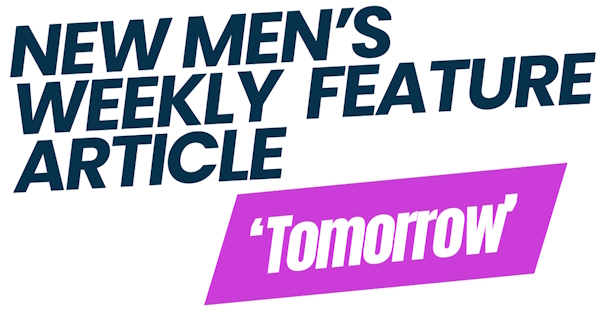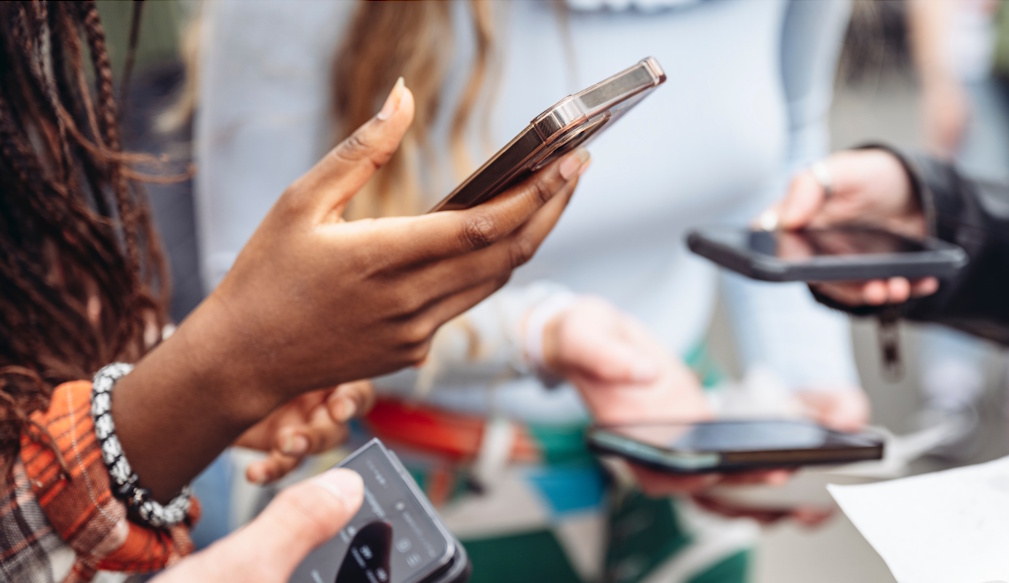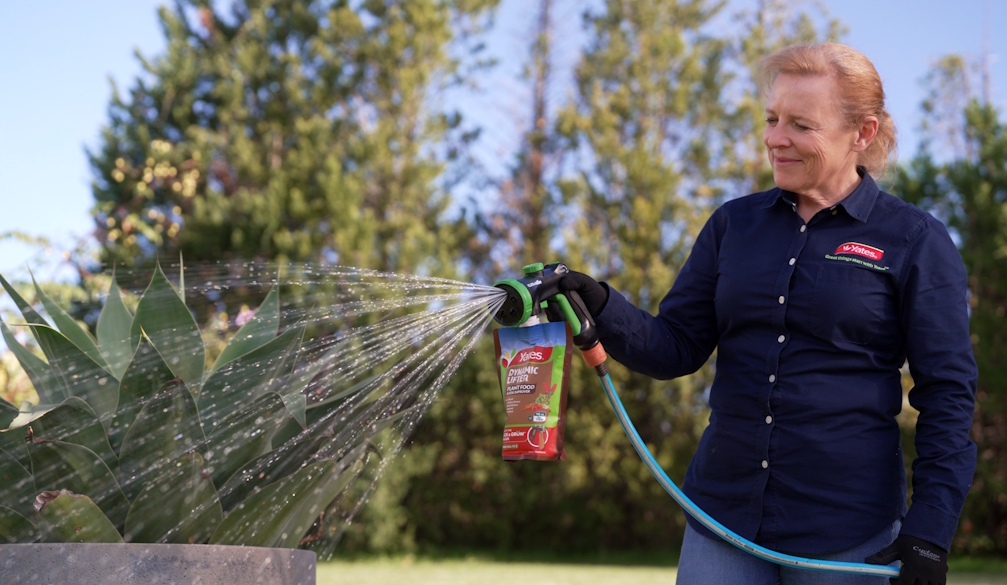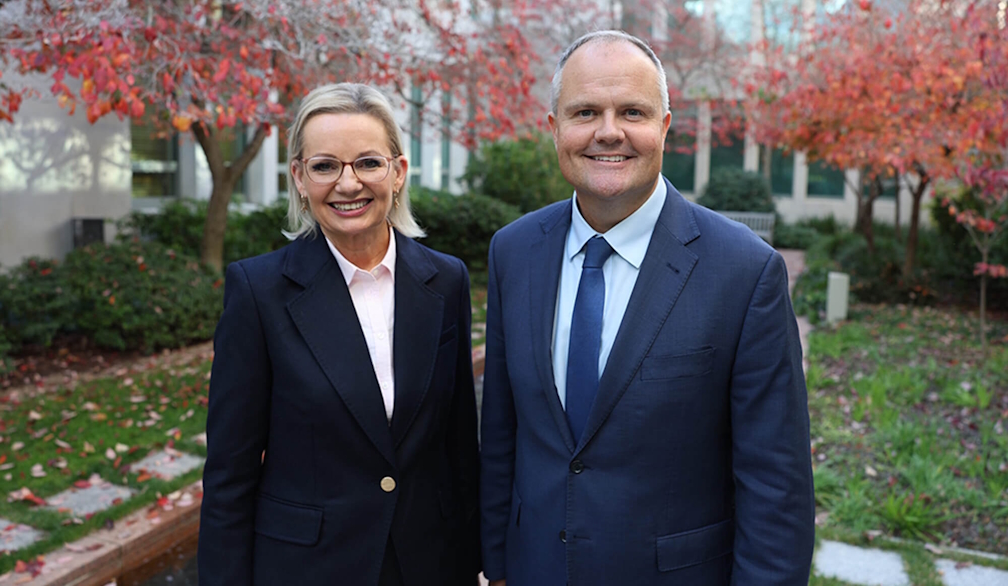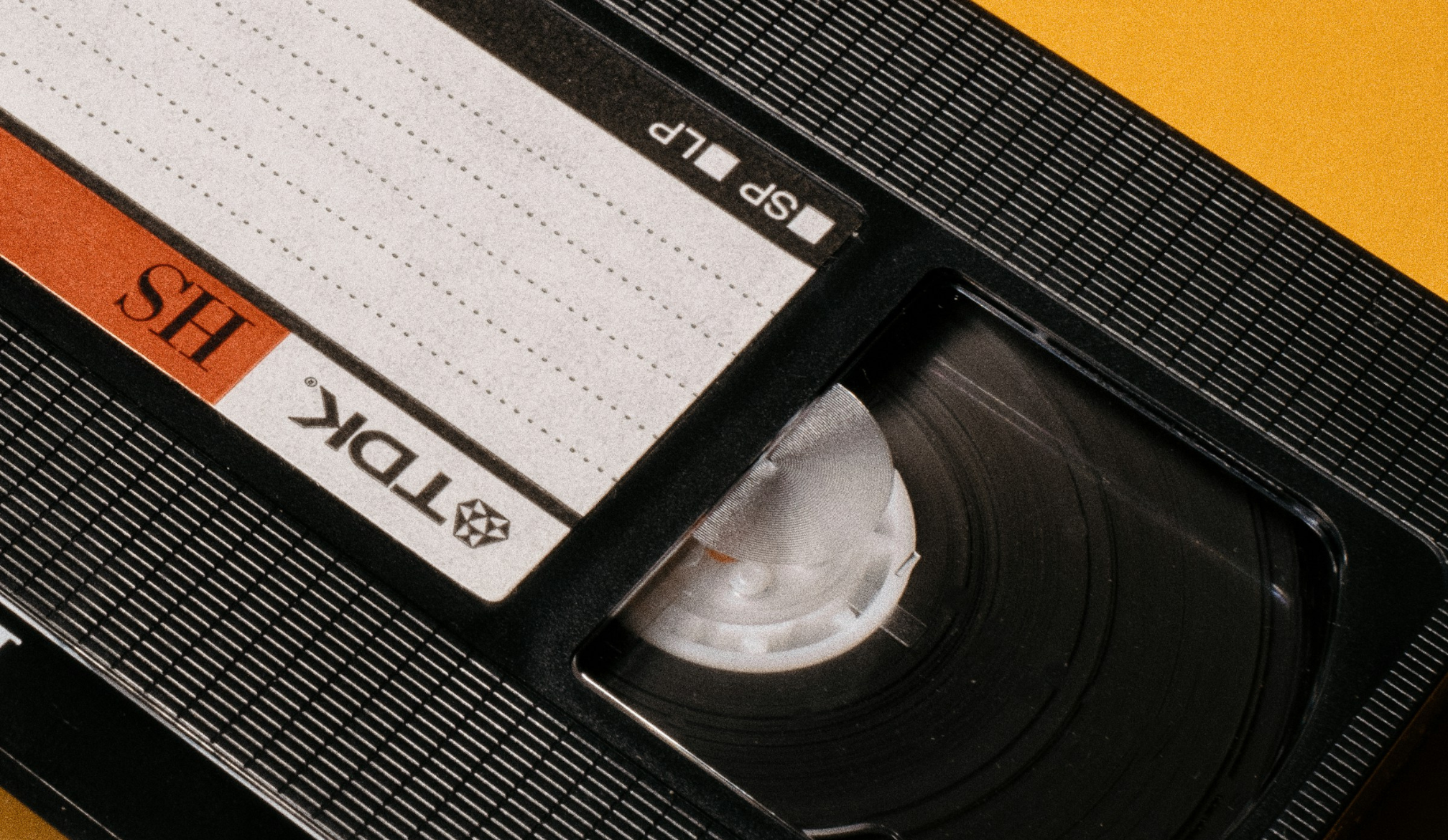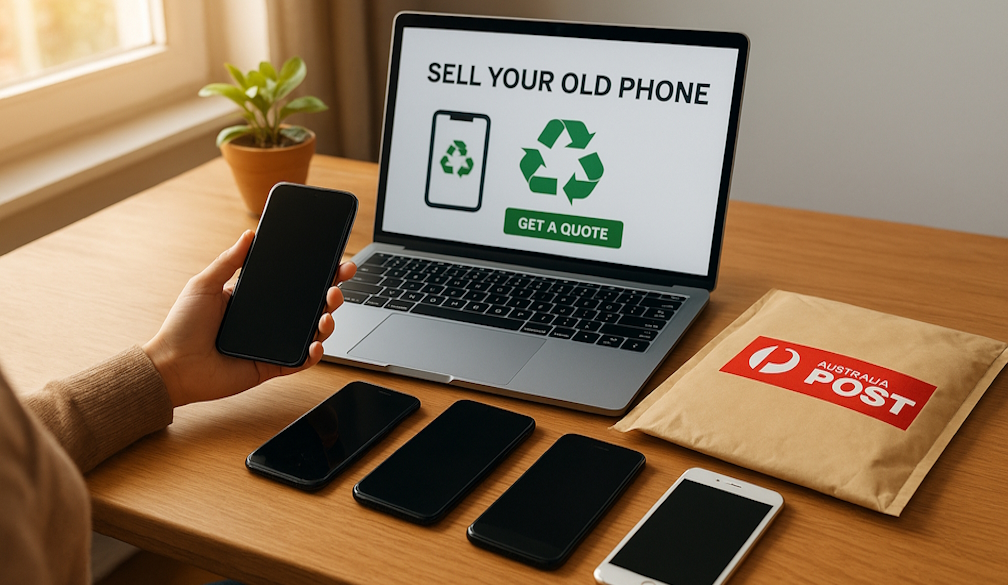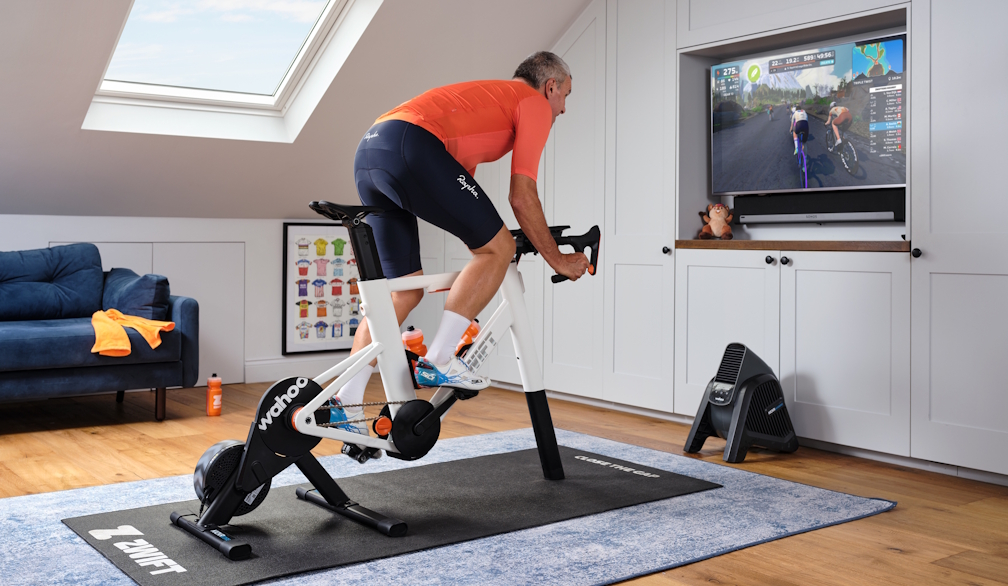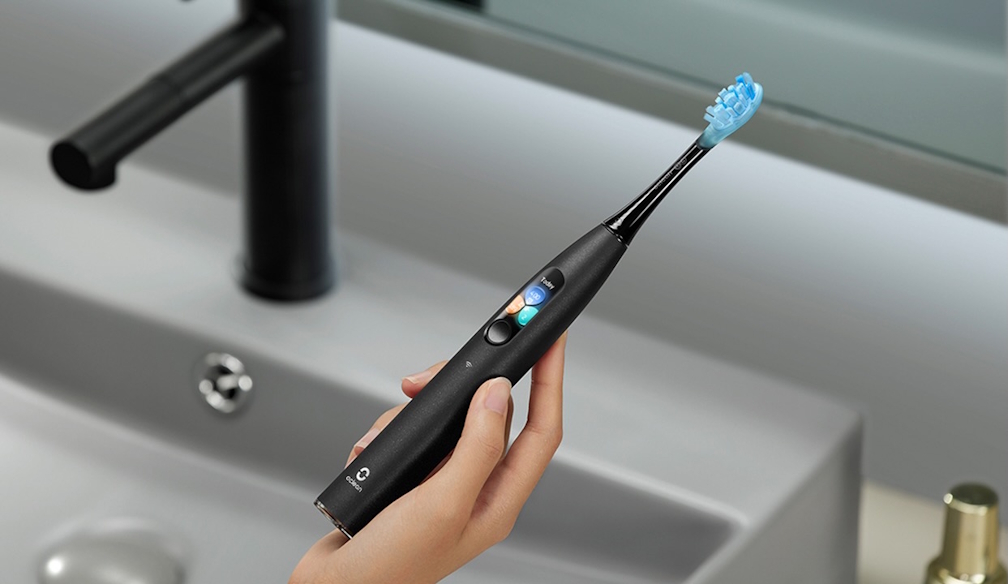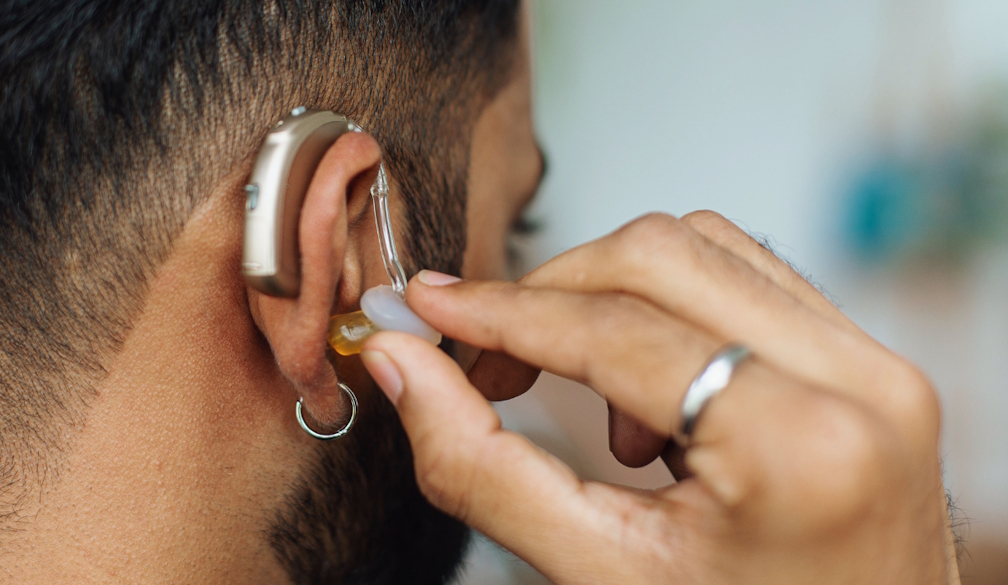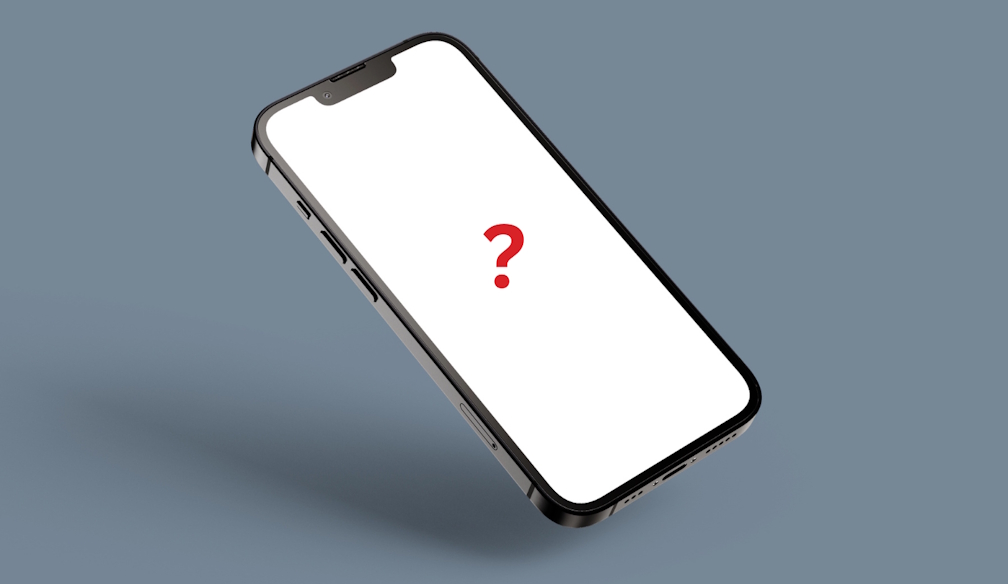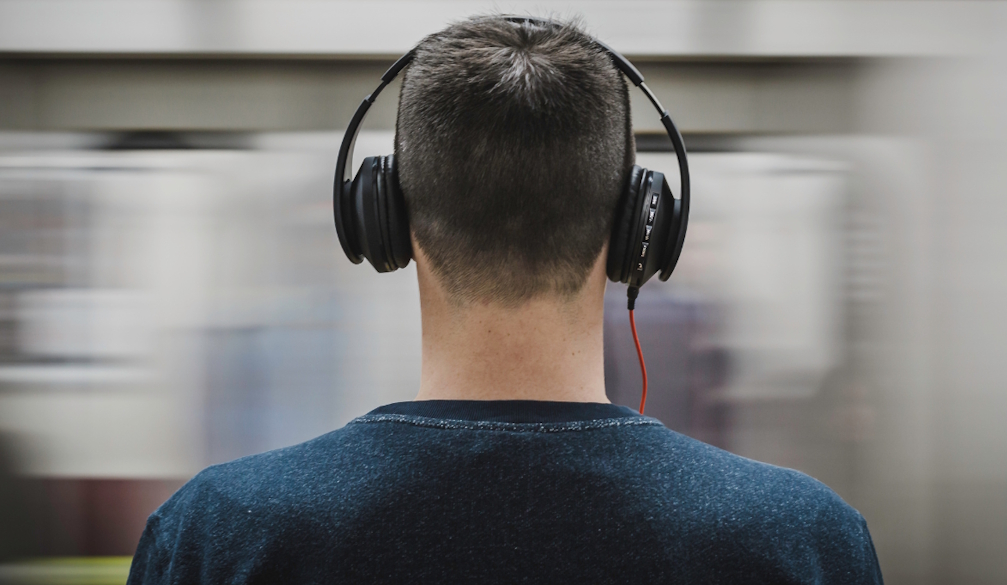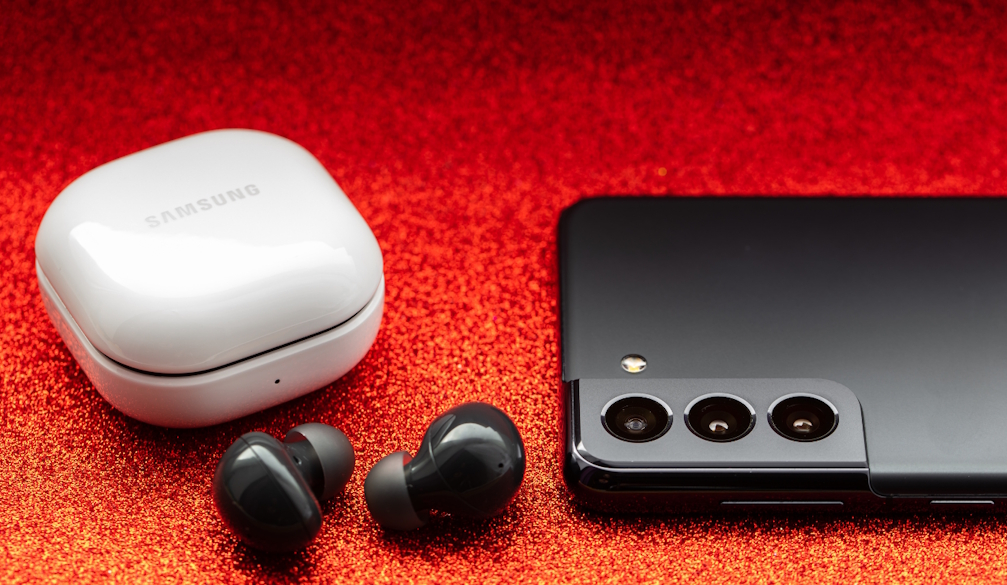How easy is it to change from using an android phone to an iphone?
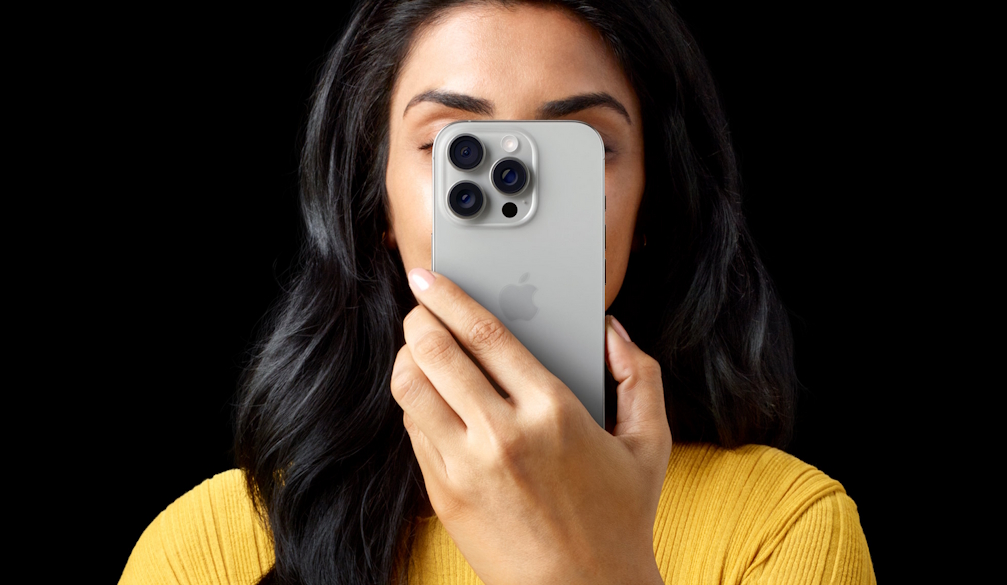
Moving from an Android phone to an iPhone can seem like a daunting task, especially with years of accumulated data, apps, and established habits. However, both Apple and Google have made significant strides to simplify this transition, making it much easier than it once was.
One of the primary tools designed to ease the switch is Apple's "Move to iOS" app. This Android application allows users to wirelessly transfer contacts, message history, camera photos and videos, web bookmarks, mail accounts, and calendars directly to a new iPhone. The process typically involves connecting both devices to Wi-Fi, opening the "Move to iOS" app on the Android, and entering a code displayed on the iPhone. Once connected, the selected data is transferred securely. While convenient, it's worth noting that the app doesn't transfer applications themselves, only data that can be used by equivalent iOS apps.
Beyond the "Move to iOS" app, here are key considerations that highlight the ease of transition:
Contacts and Calendars: If your contacts and calendars are synced with a Google account, they will automatically populate on your iPhone once you sign in with your Google ID.
Photos and Videos: Besides the "Move to iOS" app, cloud services like Google Photos offer a seamless way to transfer your media library. Once logged into Google Photos on your iPhone, all your synced photos and videos will be accessible.
Apps: While the apps themselves don't transfer, most popular Android apps have an iOS equivalent available on the App Store. You'll need to re-download them, but your account data for many services (like social media, streaming, or banking apps) will be accessible once you log in. Some paid apps may require re-purchase if they don't offer cross-platform licensing.
Messages: The "Move to iOS" app handles message history. For ongoing communication, iMessage is a key feature for iPhone users, but cross-platform messaging with Android users remains straightforward via standard SMS/MMS or third-party messaging apps like WhatsApp.
Cloud Storage: If you use cloud storage services like Google Drive or Dropbox on Android, you can simply download their respective apps on your iPhone and access your files.
Learning Curve: Both Android and iOS are intuitive operating systems. While there are interface differences, such as navigation gestures and settings menus, most users adapt quickly. Apple provides tutorials and a generally streamlined user experience that makes it easy to learn the ropes.
Physical Setup: Setting up a new iPhone is generally a guided process, with on-screen instructions helping you through Wi-Fi connection, Apple ID sign-in, and data transfer options.
While the technical aspects of data transfer are increasingly streamlined, the "ease" of switching can also depend on personal preference and how deeply integrated you are with the Android ecosystem. For instance, if you heavily rely on specific Android-exclusive widgets or extensive system customization, you might find the more controlled iOS environment a slight adjustment. However, for the majority of users, the transition from Android to iPhone is a relatively smooth and manageable process thanks to improved tools and cross-platform compatibility.



